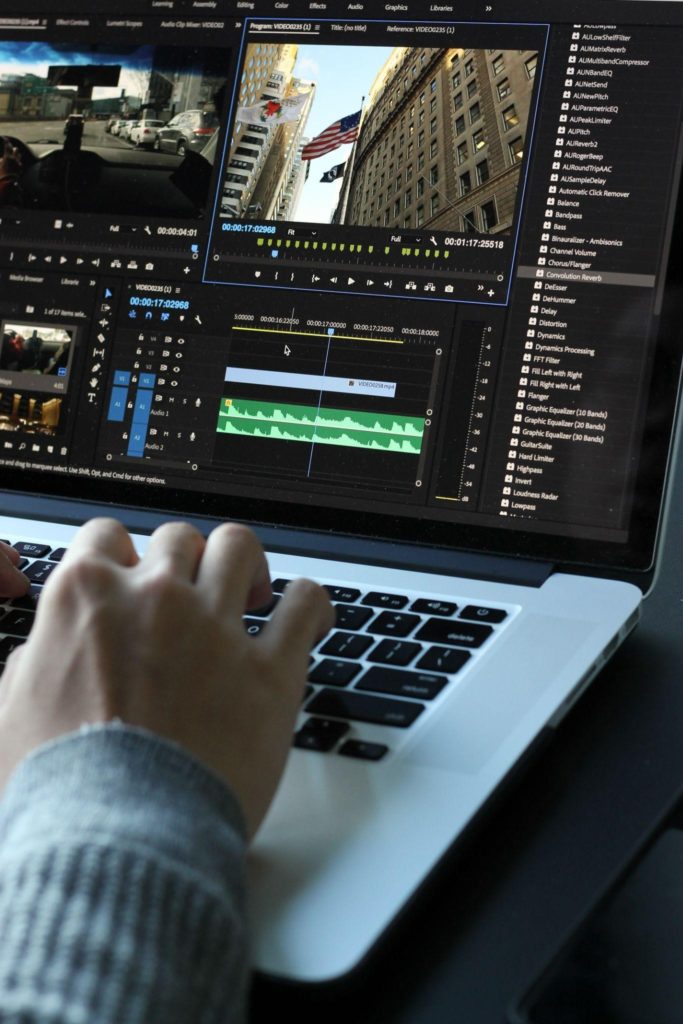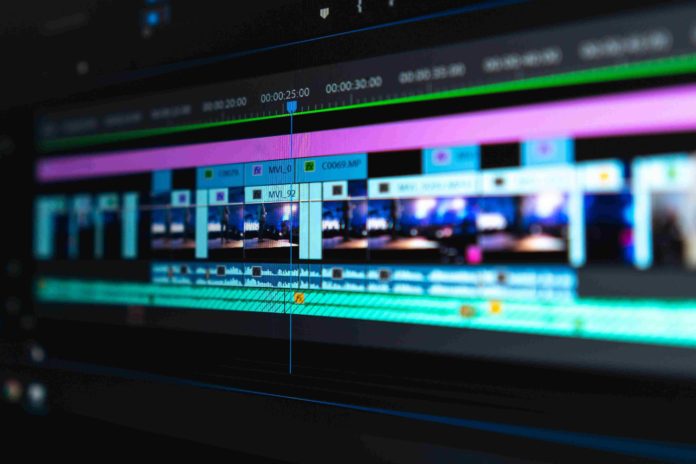Learn to Edit Video
In the digital landscape of today, video content has become a pivotal medium across diverse spheres such as cinema, advertising, education, and the ever-expanding realm of social media.
The magic that transforms simple footage into an impactful narrative is the art of video editing. It’s an art that combines technical prowess with creative storytelling, enabling editors to craft sequences that captivate, inform, and entertain audiences.
This comprehensive guide is designed to take novices through the nuances and intricacies of video editing, providing a foundational understanding and equipping them with the skills necessary to begin their journey in this dynamic field.
We’ll explore the essentials of video editing, from understanding its basic principles to mastering advanced techniques, such as merge two videos into one seamless clip, adding effects and transitions, and more, ensuring a well-rounded grasp of this compelling art form.

Delving into the Basics of Video Editing
Understanding the fundamentals of video editing is paramount for anyone aspiring to excel in this field. It begins with grasping the concept that editing is not just about cutting and joining clips; it’s about shaping a narrative.
This process involves a meticulous selection of shots, careful arrangement of sequences, and a keen eye for detail to ensure every frame contributes to the story. Learning how to manipulate the pacing, transition between scenes, and maintain continuity is crucial.
Equally important is developing an understanding of narrative structures and how to use editing to enhance the emotional impact of the story. For a beginner, mastering these basics lays the groundwork for more advanced techniques, enabling the creation of truly compelling content.
Selecting the Ideal Video Editing Software
Choosing the right editing software is a critical step in your journey. The market offers a plethora of options, each with its unique set of features and capabilities. When selecting software, consider factors such as user interface, compatibility with your hardware, available tools, and the software’s ability to handle different video formats.
Beginners might prefer software with an intuitive interface and basic functionalities, while professionals may opt for more advanced features like multi-cam editing or 3D editing capabilities. Popular choices include Adobe Premiere Pro, known for its versatility and wide range of features, Final Cut Pro for its optimized performance on Mac, and DaVinci Resolve for its exceptional color grading tools.
Ultimately, the choice of software should align with your editing goals, skill level, and budget.
Creating an Optimal Editing Environment
The environment in which you edit can significantly impact your efficiency and creativity. A well-organized, comfortable workspace is essential. Start by ensuring your computer is equipped with enough processing power and memory to handle video editing tasks.
Investing in a good quality monitor is crucial for accurate color grading and detailed editing. Additionally, ergonomic furniture and good lighting can help prevent fatigue during long editing sessions. The right hardware setup should be complemented with a software environment that’s streamlined and familiar.
Spend time customizing your software’s interface and keyboard shortcuts to suit your workflow, as this can greatly enhance your efficiency and effectiveness as an editor.
Importing and Systematizing Your Footage
The first practical step in the editing process is importing and organizing your footage. This might seem mundane, but efficient organization is key to a smooth editing process.
Start by creating a logical folder structure on your computer or external hard drive, categorizing footage based on projects, dates, or scenes. Once imported into your editing software, use tools like bins, labels, and color coding to organize clips within your project.
Properly naming and tagging your clips can save hours of searching and sorting later in the editing process. This systematic approach not only streamlines your workflow but also allows you to focus more on the creative aspects of editing, rather than getting bogged down in file management.
Grasping Basic Editing Techniques
Understanding basic editing techniques is crucial in crafting a compelling story. Start by familiarizing yourself with the timeline, where you’ll arrange and trim clips. Learn the different types of cuts – like the J-cut or the L-cut – to create a smooth flow between scenes.
Transitions should be used sparingly and with purpose, as excessive use can distract from the narrative. Color correction is another fundamental skill; even simple adjustments can dramatically enhance the visual appeal of your footage.
Similarly, basic audio editing, such as adjusting levels, removing background noise, and syncing audio, greatly impacts the overall quality of your video.
Advancing Your Editing Skills
Once you’re comfortable with the basics, it’s time to explore more advanced techniques. Keyframing allows for precise control over various elements like position, scale, and rotation, adding depth and dynamism to your edits.
Learn about color grading to set the mood and tone of your video. Explore compositing and special effects to add a professional touch to your projects. Sound design is another area where you can elevate your video, using effects and music to enhance the storytelling.
These advanced skills require practice and patience but are incredibly rewarding, allowing for greater creativity and expression in your work.
Rendering and Sharing Your Masterpiece
The final step in the video editing process is rendering and sharing your creation. Different platforms have specific requirements for video formats and resolutions.
For example, YouTube prefers videos in MP4 format with a standard aspect ratio of 16:9, while Instagram has different specifications for feed posts, stories, and IGTV. Understanding these requirements is crucial to ensure your video displays correctly.
Pay attention to compression settings to maintain quality while reducing file size. Once exported, organize your files effectively and consider cloud storage for easy access and sharing.
Embracing Continuous Learning and Experimentation
The realm of video editing is continuously evolving, with new techniques and tools emerging constantly. To stay relevant and improve your craft, engage in continuous learning.
Online courses, tutorials, and forums are excellent resources for gaining new insights and keeping abreast of industry trends. Practice is paramount – experiment with different styles and techniques to find and refine your unique editing voice.

Conclusion
Embarking on the path of video editing is an adventure filled with challenges and rewards. This extensive guide offers a roadmap for beginners, covering the fundamental principles to advanced skills in video editing. Remember, the journey to becoming a skilled video editor is paved with patience, practice, and perpetual learning.
Dive into this creative endeavor, explore the vast possibilities, and watch as you transform simple footage into captivating visual narratives and experiences. With dedication and passion, the art of video editing can open doors to endless storytelling possibilities.



































